In the realm of modern design and architecture, innovative applications of laser cut stainless steel have emerged as a pivotal trend, transforming the aesthetic and functional capabilities of contemporary structures. Renowned expert in architectural fabrication, Dr. Emily Carter, emphasizes the significance of this technology in her field, stating, "Laser cut stainless steel offers unprecedented precision and versatility, enabling designers to push the boundaries of creativity while ensuring structural integrity." This high level of accuracy not only enhances the visual appeal of buildings but also allows for intricate designs that were once deemed unfeasible.
The integration of laser cut stainless steel in architectural projects is testament to the fusion of technology and artistry. Its ability to create sophisticated patterns and lightweight structures enables architects to explore new frontiers in design. As the industry evolves, more architects are experimenting with this material, incorporating it into a wide range of applications—from decorative facades to functional elements, thus redefining the spaces in which we live and work. With sustainability becoming a crucial aspect of design, the durability and recyclability of stainless steel further bolster its appeal in modern architecture. Through the lens of innovation, the possibilities are endless, paving the way for future advancements in design and structural engineering.
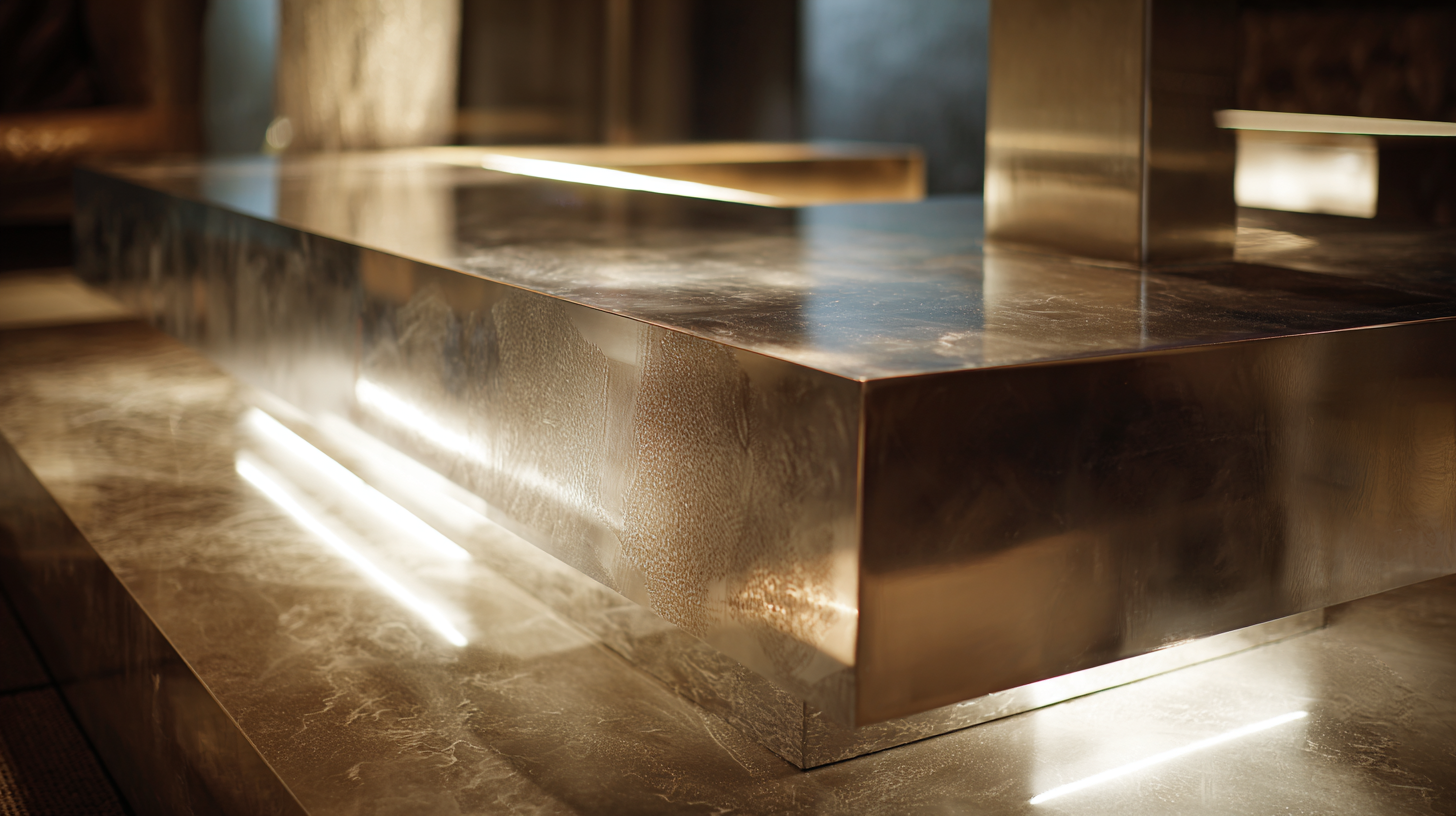
The use of laser cut stainless steel is rapidly becoming a hallmark of contemporary architecture, providing both aesthetic appeal and functional advantages. According to a report by Transparency Market Research, the global metal fabrication industry is projected to grow at a CAGR of 4.8% from 2021 to 2028, driven in part by advancements in laser cutting technology. Designers and architects are increasingly adopting laser cut stainless steel for its precision and versatility, allowing for intricate patterns and textures that enhance the visual impact of structures.
Emerging trends also highlight sustainability in design, where laser cut stainless steel offers a recyclable and durable option for modern projects. A study by the Architectural Research Journal noted that 73% of architects prefer using sustainable materials when designing new buildings. This shift in preference not only supports environmental goals but also meets the growing demand for innovative and personalized architectural elements. Buildings featuring laser cut stainless steel facades or interior designs not only stand out but reflect a commitment to advanced manufacturing processes that respect both aesthetic and ecological considerations.
The use of laser cut stainless steel has transformed the landscape of modern interior design. One of the most compelling creative ideas is the incorporation of intricate laser-cut screens that serve both aesthetic and functional purposes. These screens can act as room dividers, allowing for the creation of distinct spaces within an open layout while adding a layer of artistic flair. Patterns can be tailored to reflect personal style, ranging from geometric shapes to organic motifs, seamlessly blending elegance with practicality.
In addition to room dividers, laser cut stainless steel can be utilized in lighting design, offering striking pendant lights and decorative wall fixtures. The precision of laser cutting enables designers to create elaborate patterns that cast beautiful shadows when illuminated, enhancing the ambiance of any room. Furthermore, these lighting elements can complement various styles, from industrial to minimalistic, showcasing versatility that adapts to diverse interior themes. By leveraging the innovative capabilities of laser cutting, designers can push the boundaries of creativity, ensuring that every piece is not only functional but also a work of art.
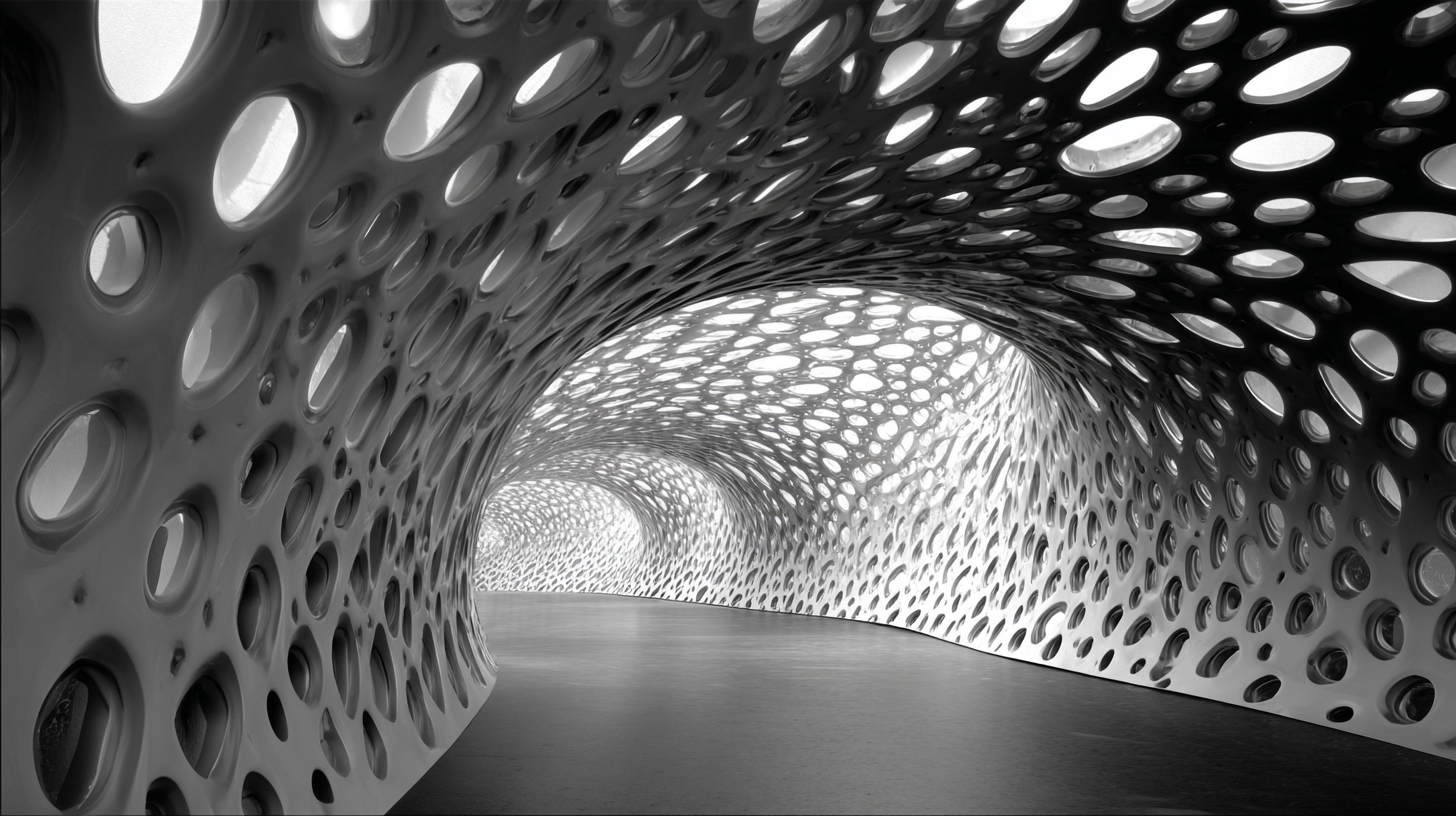
The advent of laser cut stainless steel in modern design and architecture has brought about not only aesthetic transformations but also significant implications for sustainability. According to a 2021 report by the International Stainless Steel Forum (ISSF), stainless steel is one of the most recycled materials globally, with a recycling rate exceeding 85%. This characteristic considerably reduces the environmental footprint associated with the extraction and processing of raw materials, making laser-cut stainless steel a compelling choice for eco-conscious architects and designers.
Incorporating laser cutting technologies in design allows for precise shaping and minimal waste production. A 2020 study from the Environmental Protection Agency highlighted that traditional metalworking processes can result in up to 30% material waste. In contrast, laser cutting techniques can limit waste to around 10%, thereby promoting resource efficiency. Furthermore, the durability and resistance of stainless steel to corrosion lead to longer-lifespan products, contributing to lower maintenance rates and a reduced need for replacements. This means that the lifecycle impact of structures and designs utilizing laser cut stainless steel is significantly lessened, supporting a more sustainable future in the architectural sector.
The landscape of design and architecture is being transformed by advancements in laser technology, particularly in the realm of laser-cut stainless steel. These innovations enable designers to explore the limits of creativity, allowing for intricate patterns and complex shapes that were previously unattainable. With precision and efficiency, laser cutting technology accommodates both large-scale projects and delicate details, making it an ideal choice for modern designers who seek to blend functionality with aesthetic appeal.
Future innovations in laser technology promise to enhance these possibilities even further. Emerging techniques such as 3D laser cutting and fiber laser technology are expected to revolutionize the way materials are manipulated. These developments could lead to more sustainable practices by reducing waste and energy consumption during the fabrication process. As architects and designers embrace these cutting-edge technologies, the potential for bespoke and intricate designs will continue to rise, creating a new era of architectural expression where laser-cut stainless steel plays a pivotal role.
| Application Area | Description | Material Properties | Future Innovations |
|---|---|---|---|
| Architectural Facades | Utilization of laser cut designs for aesthetic and functional building exteriors | Durability, weather resistance, and low maintenance | Incorporation of smart technologies and sustainability in designs |
| Interior Design | Customized partitions and artistic decor elements created using laser cutting | Versatile and can be adapted to various styles | Integration of acoustic profiling and LED features |
| Furniture Design | Innovative furniture pieces made with intricate cut designs | Stability and strength combined with elegance | Use of eco-friendly materials and customizable finishes |
| Public Art Installations | Large-scale sculptures and interactive installations that utilize laser cut technology | Ability to create complex shapes and patterns | Incorporation of augmented reality features |
| Landscaping | Decorative elements such as fences and garden art using stainless steel | Corrosion resistant and long-lasting | Water management and integration with smart irrigation systems |
 Laser cut stainless steel has emerged as a transformative material in modern architecture, providing both structural support and aesthetic appeal. One prominent example is the Al Bahar Towers in Abu Dhabi, where intricate laser-cut screens not only reduce solar glare but also create stunning visual patterns that resonate with Islamic design traditions. These dynamic facades adjust throughout the day, showcasing different light and shadow effects, proving that function can marry form in innovative ways.
Laser cut stainless steel has emerged as a transformative material in modern architecture, providing both structural support and aesthetic appeal. One prominent example is the Al Bahar Towers in Abu Dhabi, where intricate laser-cut screens not only reduce solar glare but also create stunning visual patterns that resonate with Islamic design traditions. These dynamic facades adjust throughout the day, showcasing different light and shadow effects, proving that function can marry form in innovative ways.
Another remarkable case study is the National Museum of African American History and Culture in Washington, D.C. The building features a unique exterior made of bronze-colored laser-cut panels, which echo the craftsmanship of African American heritage. Each panel is meticulously designed with cultural references, representing the narrative of resilience and creativity. This use of laser technology not only enhances the museum's aesthetic qualities but also serves as a conversation starter about the richness of African American history, making the structure a landmark of both artistry and meaning in contemporary architecture.

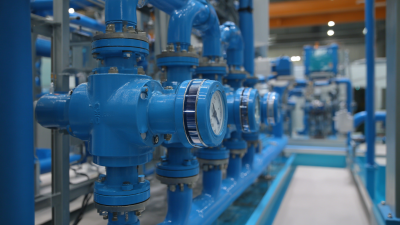
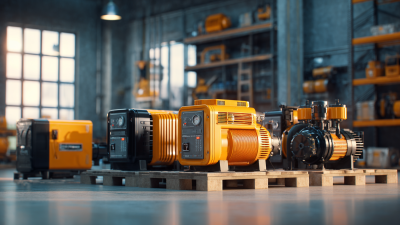

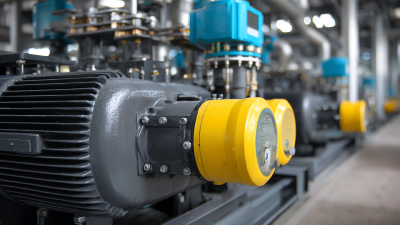

Please share your email with us to see your results.











